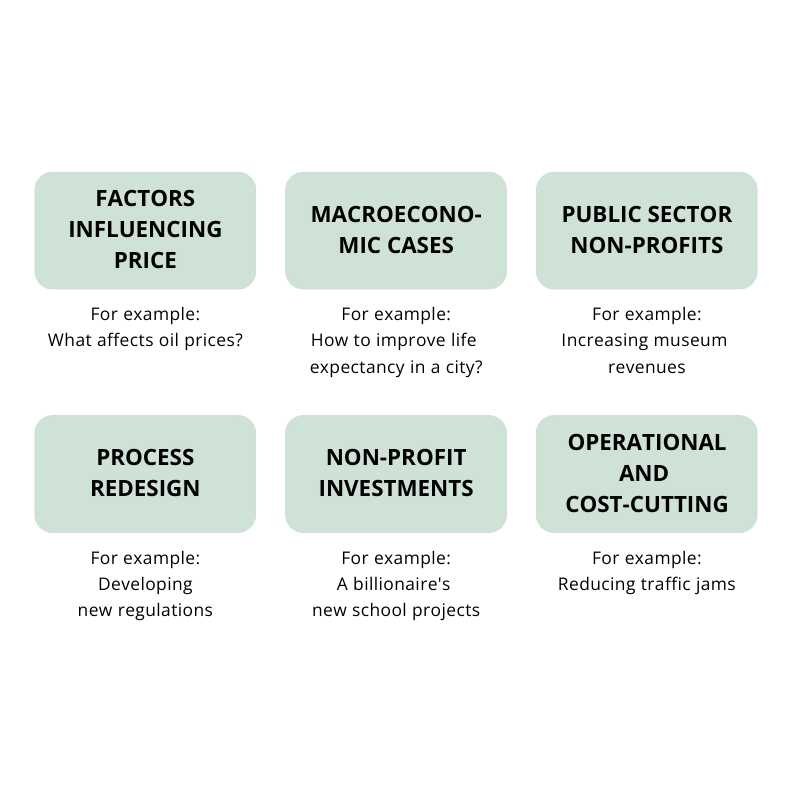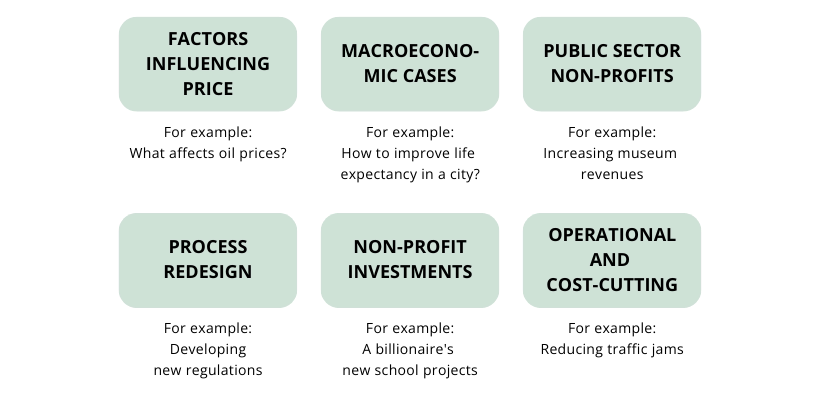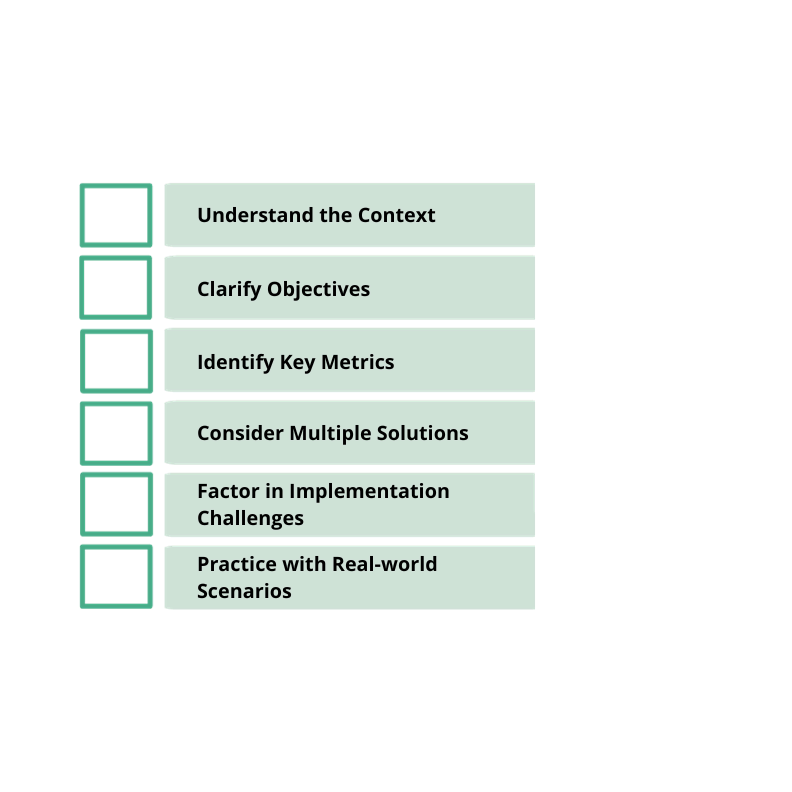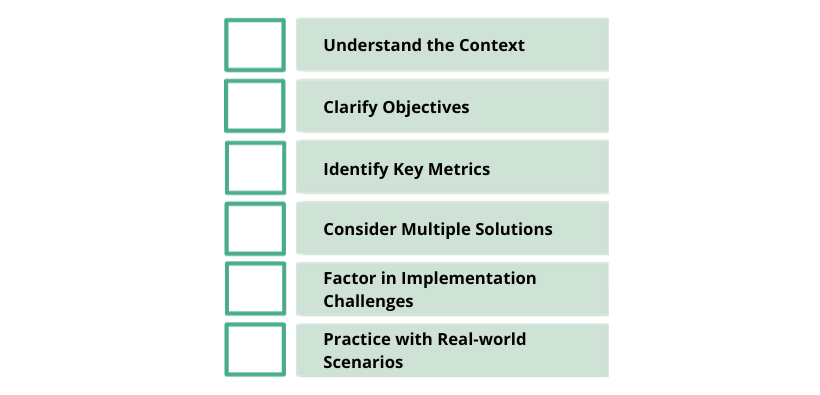Expert Insights on Acing the Public Sector Case Interview
Public Sector and Government cases can be solved effectively with a strategic approach. One approach to consider in these kinds of cases is Michael Moore's public value strategic triangle. This model emphasizes understanding the societal benefit or value being created, identifying who will support and authorize this value, and determining the investments and capabilities required to bring it to fruition. Other useful tools could be the PESTEL or SWOT analysis
While it's essential not to rigidly adhere to a framework, adapting it to the specific case can be a good start. For instance, if you're tasked with improving traffic conditions or building extra-wide bike lanes, you might begin by understanding the reasons and targets for reducing traffic. From there, evaluate specific projects or solutions, understand community stakeholders and their positions, and finally, assess the feasibility of your recommendations in terms of capabilities, funding, and potential bureaucratic challenges.
A crucial aspect of public sector cases is clarifying the objective at the outset. Is the primary goal profit-driven, or is it centered on societal benefit? Once this is established, you can delve into the nuances of public value creation, stakeholder analysis (see also the competing values framework), and budgetary constraints. Even if profit isn't the immediate goal, there's always a (mostly) tight budget to consider, and understanding the financial implications of your recommendations is paramount.
In the realm of public sector cases, partnerships can play a pivotal role. Collaborations with private companies or other governmental entities can often provide innovative solutions to longstanding problems. The political landscape is another vital consideration. Any recommendation, no matter how sound on paper, must be palatable to the political climate and the general population. Operational feasibility is another cornerstone. Can the government or public stakeholder feasibly implement your recommendation, especially in the face of potential bureaucratic challenges?
Public sector cases can span a vast spectrum, from macroeconomic challenges like improving life expectancy in a city to more operational concerns like reducing traffic jams. For each case, it's imperative to define the objective clearly. For example, a directive like "Improving the Healthcare system" can be interpreted in myriad ways - it could mean increasing the system's quality, making it more accessible, or reducing wait times.










